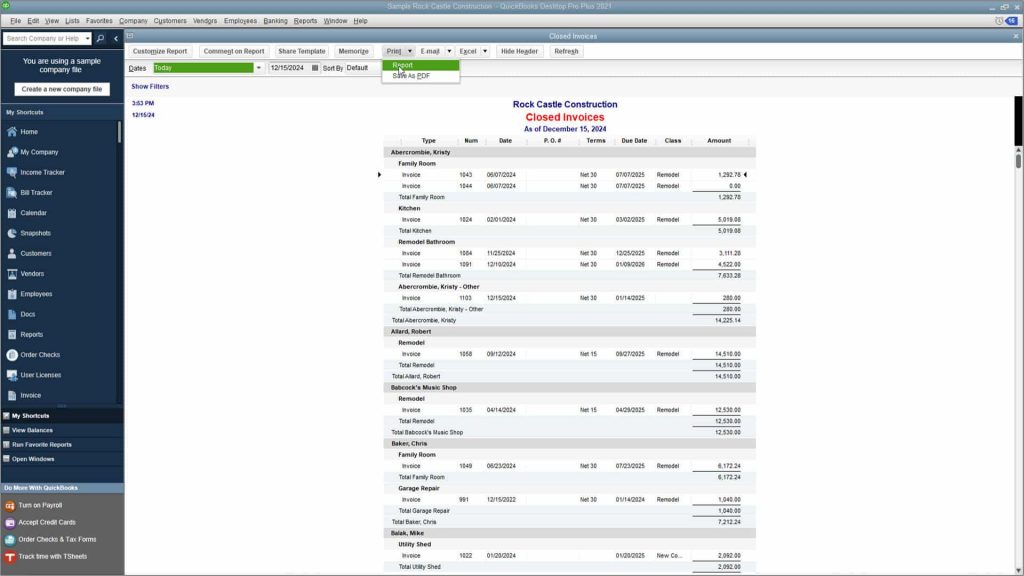

Then, select the parent account from the drop-down box. For instance, you might create a “Utilities Expense” parent account and then create subaccounts for “Electric Expense” and “Gas Expense.” If this is a subaccount, tick the box next to Is sub-account. Is sub-account: You can organize your accounts with parent and subaccounts. Description: You may provide an optional description of the new account.į. If you wish to use account numbers and this field isn’t available, you must enable account numbers as shown in How To Set Up Advanced Settings.Į. Number: Providing a number for your account is optional. For instance, instead of “Checking Account,” it might be better to include the bank name and the last four digits of the account number, like “US Bank Checking x1234.”ĭ. Name: Provide a name for your account that will make it easy for you to distinguish when choosing accounts to post transactions. The gray box below the detail type provides an explanation of the detail type selected.Ĭ. The available detail types will vary based on the account type selected. Detail Type: Select a detail type from the drop-down menu. Account Type: You must specify an account type from the drop-down menu.ī. How to Manage Credit Card Sales With a Third-party Credit Card ProcessorĪccount Setup Screen in QuickBooks OnlineĪ. How to Manage Credit Card Sales With QuickBooks Payments How to Reconcile Business Credit Card Accounts How to Manage Downloaded Business Credit Card Transactions How to Enter Business Credit Card Transactions Manually Part 5: Managing Business Credit Card Transactions How to Handle Bounced Checks From Customers How to Transfer Funds Between Bank Accounts How to Manage Downloaded Banking Transactions How to Enter Banking Transactions Manually How to Set Up the Products and Services List How to Set Up Invoices, Sales Receipts & Estimates How to Customize Invoices, Sales Receipts & Estimates


 0 kommentar(er)
0 kommentar(er)
